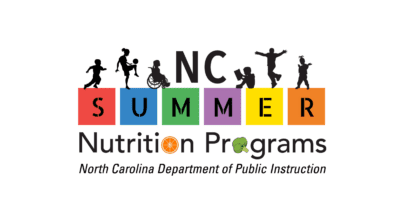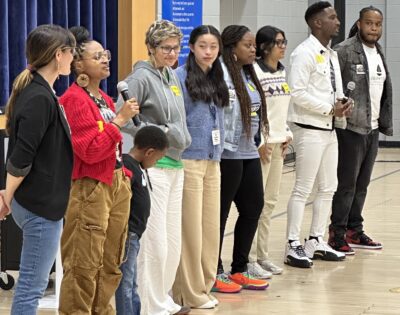

|
|
When I started my field experience as a student teacher at Eugene Ashley High School, I was not surprised when some of my students openly admitted to using artificial intelligence (AI) to complete their classwork. Students of the 21st century, and specifically of the Class of 2024, have an incredible tool at their disposal, and while most educators can almost predict its presence in their classrooms, I was curious to learn about how teachers viewed — and potentially used — AI as well.
Exposure to AI
My exposure to AI came from working as a graduate assistant for the Watson College of Education at the University of North Carolina at Wilmington, in which I used ChatGPT to help create and refine course materials for a new class focused on trends and issues in instructional technology. I found the process to be both fascinating and practical. Soon after, I started using AI during my internship. While I created most of my lesson plans through traditional means, I could use AI to get activity ideas and topic suggestions, then apply my knowledge of engaging lessons to make it all come to life.
As a student in the Master of Arts in Teaching program at UNC-W, I was also tasked with developing a “High School Change Initiative” for one of my courses, which required us to select a possible reform or innovation that could help high school education as a whole. Since I had seen firsthand just how impactful AI could be on course development and refinement, I was eager to see how other instructors were interacting with AI as well.
AI teacher survey
I conducted a survey of teachers at Eugene Ashley High School of both new and experienced teachers in core and elective subjects. The survey resulted in 23 completed responses. Responses ranged from teachers who reported they believed AI was being used in “helping students get out of doing their work” to “aiding students in generating thesis statements.”
Vocational and elective instructors were more receptive and supportive of utilizing AI in their instruction and reported that their school system “hasn’t gotten with the times.” Core subject teachers — especially science and English teachers — were more likely to oppose its usage or instead choose to rely on handwritten or critical thinking-based assignments to counteract its usage.
Even though some teachers expressed concerns about the applications of AI in their classrooms, nearly 70% of respondents reported that this same technology could at least save them a “moderate amount” of time if utilized properly. These teachers reported that AI could help them generate lesson plan ideas, create rubrics and quizzes, and outline activities, as well as provide potential resources for students and teachers to explore.
Potential use of AI
While students can simply ask ChatGPT to write an essay for them, the use of AI for teachers isn’t so straight-forward. ChatGPT can offer suggestions, tell you to utilize engaging materials, and even give you information and resources to review for instruction, but it can’t teach the content for you. It won’t create these materials for you either — at least not yet.
For both teachers and students, AI may produce inaccuracies called hallucinations, which are a result of AI pulling incorrect or improperly sequenced information for its users. What this means is that any user of AI needs to understand that it isn’t a perfect product and that it will not serve as an effective replacement for genuine human effort.
This technology can provide incredible support to teachers in need of it. Growing class sizes, out-of-classroom responsibilities, and other faculty obligations demand that teachers be as efficient with their planning periods as possible. While these concerns will look different across schools, AI can be leveraged as needed to help with planning. In its most direct implementation in the classroom setting, AI can help instructors develop lesson and activity ideas for students, assist in grading and writing reviews, as well as potentially tailoring educational content to individual needs.
Opportunities and obstacles
While AI is still developing, it has so far been quite accessible to the public, which will be vital for teacher access to this tool. Schools must empower and enable instructors to use AI for their instruction, and programs such as the AI Innovators Program from Magicschool.ai are a great resource to utilize. Several counties in the state, such as Wake County, are deciding how to move forward with AI in the classroom, but school systems will need to develop effective resources and support for instructors to use it most effectively.
To navigate the opportunities and obstacles that AI is sure to present, school districts must work to inform their faculty and students of the potential capabilities, capacities, and consequences of AI usage directly and accurately in the educational setting. In fact, schools could better serve their students by equipping them with the knowledge and skills to navigate AI usage beyond their school years as well. Finally, all of this should be accomplished with local and community needs and concerns in mind. If instructors are to navigate the impacts of AI on the learning process, they must equip themselves and their students with the proper knowledge of its usage, applications, and impacts.





